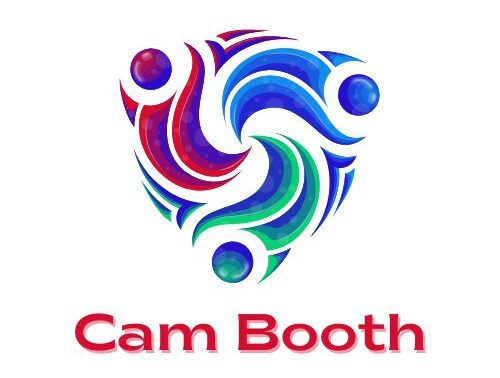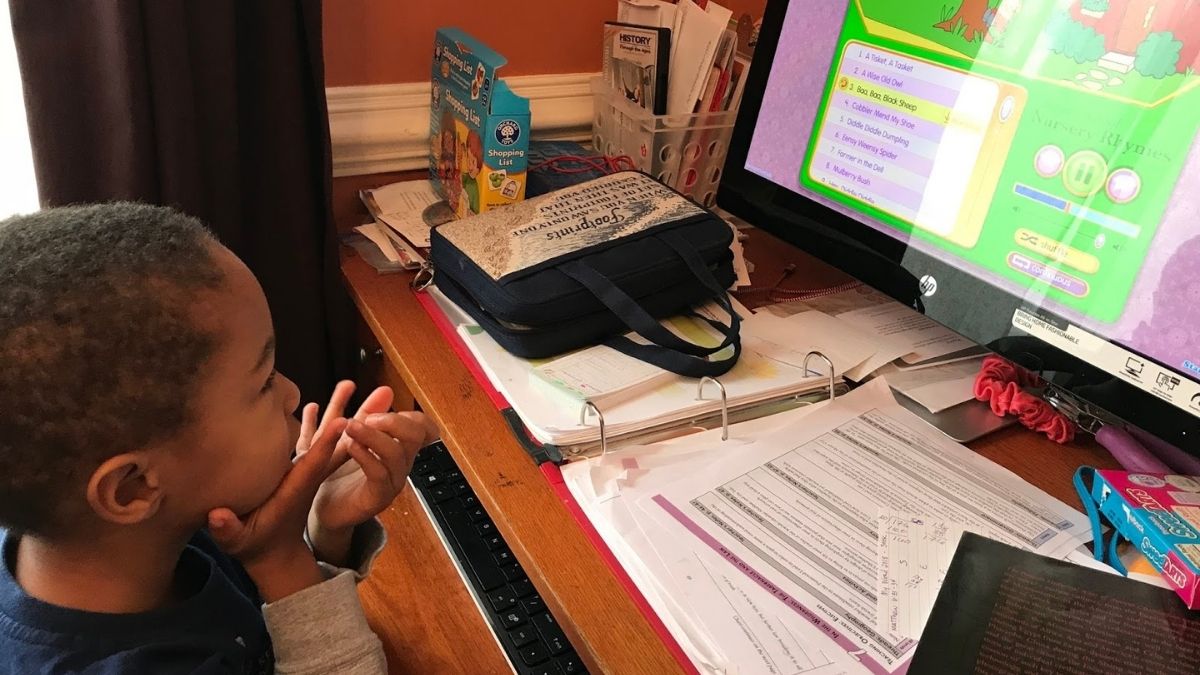When it comes to choosing the right school for your child, the decision can feel overwhelming. Among the many factors to weigh, one of the most significant questions for parents is whether to enroll their child in a public schools or a charter school. Both options offer unique benefits and come with distinct challenges, making it essential to understand their differences before making a choice.
This blog will break down the pros and cons of charter schools and public schools, covering everything from funding and curriculum flexibility to teacher qualification and accountability. By the end, you’ll have a clearer understanding of which system might be the right fit for your child’s educational needs.
What Are Charter Schools and Public Schools?
Before we compare the two, it’s important to understand what charter schools and public schools are.
Charter Schools
Charter schools are independently operated public schools established by a charter or agreement. They are funded by taxpayer dollars but operate independently of the traditional public school system. Charter schools have more freedom to innovate when it comes to teaching methods, curriculum, and academic programs. However, they are held accountable for meeting specific performance metrics outlined in their charter.
Public Schools
Public schools, on the other hand, are government-funded schools open to all students within a particular district. They’re managed by school boards and state governments, following standardized curriculums and guidelines. schools are bound by state regulations, ensuring uniformity in education standards but limiting flexibility.
Now that we’ve established the basics, let’s explore the advantages and disadvantages of each option.
Pros and Cons of Charter Schools
Charter schools bring innovation and flexibility to education, but they also face criticism for uneven quality and oversight. Here’s a deeper look.
Pros of Charter Schools
- Innovative Curriculum and Teaching Methods
Charter schools have more room to experiment with teaching techniques and specialized curriculums. For example, some charter schools may focus on STEM (science, technology, engineering, and math), the arts, or bilingual education, providing tailored experiences to match a child’s interests or talents.
- Smaller Class Sizes
Many charter schools offer smaller class sizes, which can lead to more individualized attention from teachers and better learning outcomes for students.
- Parental Choice
Since charter schools aren’t tied to a student’s residential area, parents enjoy more options for selecting a school that aligns with their values, priorities, or child’s specific needs.
- Community and Culture
Charter schools often foster strong community ties and unique school cultures, creating environments that feel collaborative and inclusive.
Cons of Charter Schools
- Uneven Quality
Not all charter schools are created equal. While some excel academically, others struggle to meet basic performance standards due to inconsistent oversight and accountability.
- Lottery Admissions
Because charter schools often attract more applicants than they can accommodate, many use a lottery system for admissions. This could mean your child isn’t guaranteed a spot, no matter how much the school appeals to you.
- Limited Services
Unlike public schools, charter schools may lack resources such as special education programs, extracurricular activities, or transportation services, potentially leaving some families underserved.
- Funding Issues
Charter schools may divert funding away from public schools, which can exacerbate educational inequities within a community.
Pros and Cons of Public Schools
Public schools are known for their inclusivity and wide-ranging resources, but they also have their limitations. Here’s what you need to know.
Pros of Public Schools
- Accessibility for All
Public schools are open to every child, ensuring inclusivity regardless of income, location, or ability. They often provide free or low-cost services such as meal programs, transportation, and special education.
- Qualified Teachers
Teachers in public schools are typically required to hold state certifications, ensuring they meet minimum professional and educational standards.
- Comprehensive Extracurriculars
Public schools often offer a wide range of extracurricular activities, including sports, arts programs, and advanced placement (AP) courses, giving students opportunities to explore their interests outside the classroom.
- Consistency Across Districts
Because public schools follow set state curriculums, they offer a standardized education, making it easier for students to transition between schools or districts.
Cons of Public Schools
- Overcrowding
Many public school face issues with overcrowding, which can hinder individualized attention as well as access to resources such as textbooks or technology.
- Less Flexibility
Public schools are bound by state and federal regulations, making it challenging to implement innovative curriculums or personalized teaching methods.
- Achievement Gaps
Due to funding disparities between districts, public school in low-income areas may struggle to provide the same quality of education as schools in wealthier communities.
- Variable Quality
The quality of public schools can differ drastically depending on the district, making location a significant factor in determining the caliber of education.
Key Differences to Consider
Here are some fundamental differences between charter schools and public schools that may help you decide which is best for your child.
| Aspect | Charter Schools | Public Schools |
| Funding | Taxpayer-funded, some private grants | Entirely taxpayer-funded |
| Admissions | Lottery-based if oversubscribed | Open to all students in the district |
| Curriculum Flexibility | High | Limited by state standards |
| Teacher Certification | Varies by state/school | Required and standardized |
| Accountability | Charter-specific metrics | State and federal guidelines |
Which School System Is Right for Your Child?
The answer depends on your child’s unique needs, your family’s values, and the resources available in your area. Here are some scenarios to guide your decision-making process.
- Choose a charter school if: Your child thrives in smaller classes, has specific interests like STEM or the arts, or you’re looking for alternative teaching methods.
- Choose a public school if: You value diversity, comprehensive extracurricular options, and guaranteed access to services like transportation or special education.
Take the Next Step in Your Child’s Education Journey
Choosing between a charter school and a public school is a deeply personal decision. By weighing the pros and cons of each option and considering your child’s unique needs, you can make an informed choice that sets them up for success.
Whether you’re drawn to the innovative curriculums of charter schools or the inclusivity and consistency of schools, the most important factor is finding a learning environment where your child can thrive.











